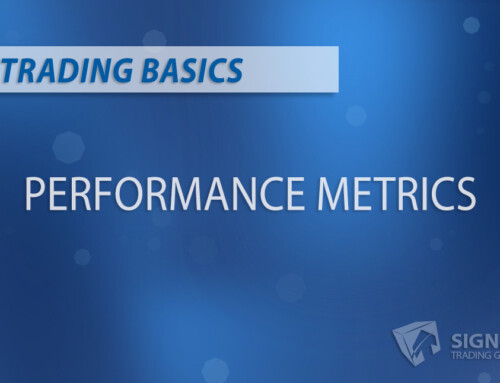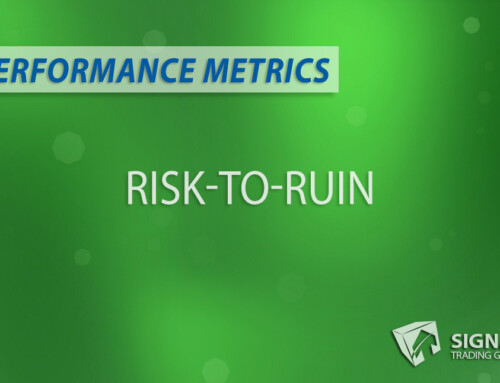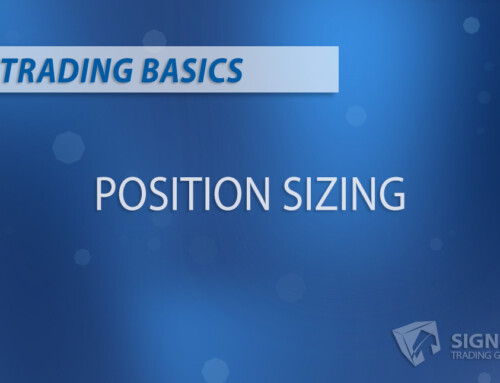The “Performance Metrics 101” blog series is geared towards providing traders with the essential evaluation tools they need to assess trading performance accurately. The goal is to provide a complete understanding of these tools, enabling traders to use them effectively.
Win Rate and its Role in Evaluating a Trading System
Traders often cite win rate or percent profitable as a measure of success, but it should be considered a lower-level metric. While win rate is calculated by dividing the number of profitable trades by the total number of trades executed, it’s not necessarily an accurate indicator of a trading system’s overall performance. This blog post explores win rate in greater detail, discussing its variables, advantages, and disadvantages as a primary evaluation metric.
Factors Influencing Win Rate
Win rate is not an isolated metric – various factors affect its calculation, including:
- Risk Management: Risk management practices, such as setting stop-losses and position sizing, directly impact the win rate of a trading system. An effective risk management strategy can help traders minimize losses, maintain a healthy win rate, and safeguard their profitability.
- Type of Financial Product: Each financial product has its characteristics, volatility, and liquidity, influencing a trading system’s win rate. For instance, win rates in trading stocks might differ from those in forex or cryptocurrencies due to varying market behaviors and risk factors.
- Time Horizon: The win rate is also affected by the time horizon of trades. Short-term traders focusing on intraday or swing trading may experience different win rates than long-term investors holding positions for months or years.
Pros and Cons of Focusing on Win Rate
While win rate offers valuable insight into a trading system’s success, solely relying on it as a performance assessment metric has pros and cons.
Pros
- It provides investors with a quick snapshot of trading system effectiveness, helping them identify its historical success in executing profitable trades.
- High win rates can boost investor confidence, potentially increasing the likelihood of maintaining a trading system in the long run.
Cons
- A high win rate does not guarantee profitability. Trading systems with low risk-to-reward ratios may have a higher win rate but lower overall profitability than those with lower win rates but better risk-reward profiles.
- Relying on the win rate can lead to selection biases, where investors might overlook other vital factors, such as drawdowns, risk-adjusted returns, and position sizing.
Actionable Insights and Recommendations
Considering the pros and cons, it’s essential to strike a balance when evaluating a trading system. Here are a few recommendations:
- Assess Multiple Metrics: Instead of solely focusing on win rate, consider other performance indicators like risk-to-reward ratio, maximum drawdown, and Sharpe ratio to paint a comprehensive picture of a system’s performance.
- Align with Investment Goals: Select a trading system that caters to your specific investment preferences, risk tolerance, and financial goals.
- Diversify: Diversification helps manage risk and mitigates the impact of individual system failures on your overall portfolio.
- Monitor Performance: Continuously track and monitor the trading system’s success according to various criteria to ensure its consistent performance over time.
Ultimately, the win rate is a helpful metric in evaluating a trading system. However, relying solely on it can result in biases and suboptimal investment decisions. Instead, by keeping a holistic approach encompassing various financial metrics and aligning with individual investment objectives, investors can find a trading system that best suits their unique needs and preferences.





